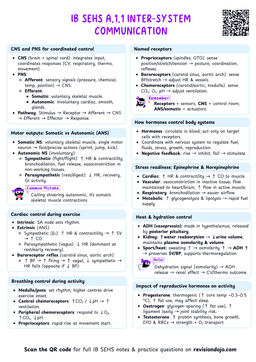The Lactate Inflection Point (HL Only)
Lactate Inflection Point (LIP)
The Lactate Inflection Point (LIP) is the maximum intensity at which the body can metabolize lactate at the same rate as it is produced.
Beyond this point, lactate accumulates in the blood, leading to fatigue and a decline in performance.
Lactate
A metabolic byproduct of anaerobic glycolysis that can be used as an energy source in muscles, the heart, and the liver.
Why is LIP Important?
- LIP determines the maximal sustainable exercise intensity.
- Athletes with a higher LIP can maintain higher intensities for longer without lactate accumulation.
- LIP is a better predictor of endurance performance than VO₂ max.
- An elite marathon runner can sustain 80-90% of their VO₂ max before reaching their LIP, allowing them to maintain a fast pace for long durations without excessive lactate accumulation.
- A less trained individual might reach LIP at 50-60% of their VO₂ max, meaning they will fatigue at much lower exercise intensities.
- Students often assume that LIP and VO₂ max occur at the same point.
- However, LIP occurs at a lower intensity than VO₂ max and is a more reliable measure of endurance performance.

The Relationship Between Lactate Production and Clearance
What is Lactate and Why is it Produced?
- Lactate is a byproduct of anaerobic glycolysis, the metabolic process that breaks down glucose without sufficient oxygen availability.
- It is continuously produced, even at rest and low-intensity exercise, but the body efficiently clears it through oxidation, gluconeogenesis, and tissue transport.
- The problem arises when lactate accumulates too quickly due to an imbalance between production and clearance.
How is Lactate Cleared?
Cori Cycle
The process in which lactate is transported to the liver and converted back into glucose via gluconeogenesis.
- Oxidation in muscle fibers: Type I (slow-twitch) muscle fibers use lactate as a fuel source.
- Gluconeogenesis in the liver (Cori cycle): Lactate is transported to the liver and converted back to glucose.
- Transport to other tissues: Lactate is shuttled to different muscle fibers and the heart for energy.
- Buffering mechanisms: Hydrogen ions (H⁺) from lactic acid are neutralized by bicarbonate (HCO₃⁻) to prevent acidosis.
Bicarbonate ions
The primary form of carbon dioxide transport in the blood, formed when CO₂ combines with water.


